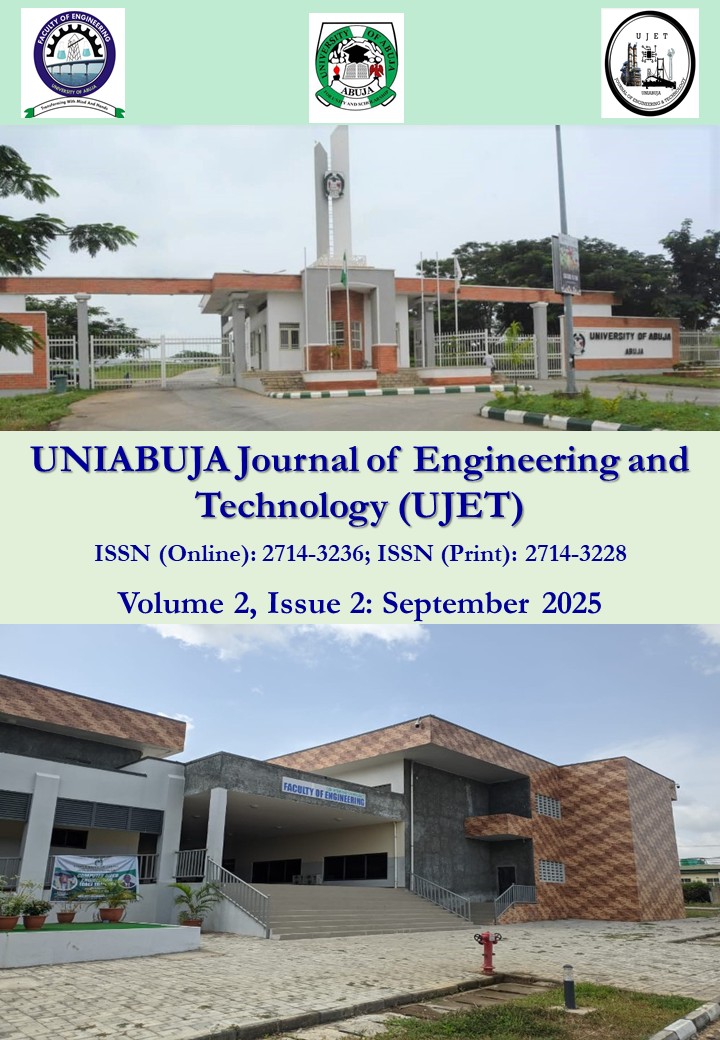Optimisation of Ash Yield and CO Emission in Co-Combustion of Torrefied Palm Kernel-Cashew Nut Shells
Keywords:
Ash yield, co-emission, combustion, kaolin additive, palm kernel-cashew nut shellsAbstract
Combustion of solid biofuels generates significant ash residues and harmful emissions, posing substantial threats to both environmental sustainability and human comfort. This study aimed to achieve minimum ash yield (AY) and carbon oxide (CO) emission in the co-combustion process of torrefied palm kernel shells (TPKS) and cashew nut shells (TCNS) mixed with kaolin additive (KA) in a tubular furnace. Optimisation of components mixture and factors like temperature, particle size and residence time were conducted. The optimisation was achieved by utilising the custom design methodology (CDM) of Design Expert software (version 13). Ash yield of the TPKS-TCNS fuel mixture, with and without the additive, was analysed using X-ray Diffractometer (XRD) to identify the mineral phase compounds within the ash. The optimised composition consisted of TPKS (69.6%), TCNS (23.3%) and KA (7.1%) at 900 ⁰C, with a particle size of 1.00 mm and a residence time of 120 min. The composition yielded the lowest AY (10.10%) and CO (209 ppm). XRD analysis revealed a decrease in (K-Na-Ca-Mg-Fe-Al-) compounds and a significant increase in SiO2 with the disappearance of KCl peaks upon adding kaolin. The presence of SiO2 in the ash confirmed the reduction reaction between K salts and chlorides. The study suggests that adding kaolin holds promise for reducing AY and CO emissions. Thus, enhancing the efficiency of TPKS and TCNS combustion in a grate furnace was recorded.
Downloads
Published
How to Cite
Issue
Section
License
Copyright (c) 2025 UNIABUJA Journal of Engineering and Technology (UJET)

This work is licensed under a Creative Commons Attribution-NonCommercial-ShareAlike 4.0 International License.
